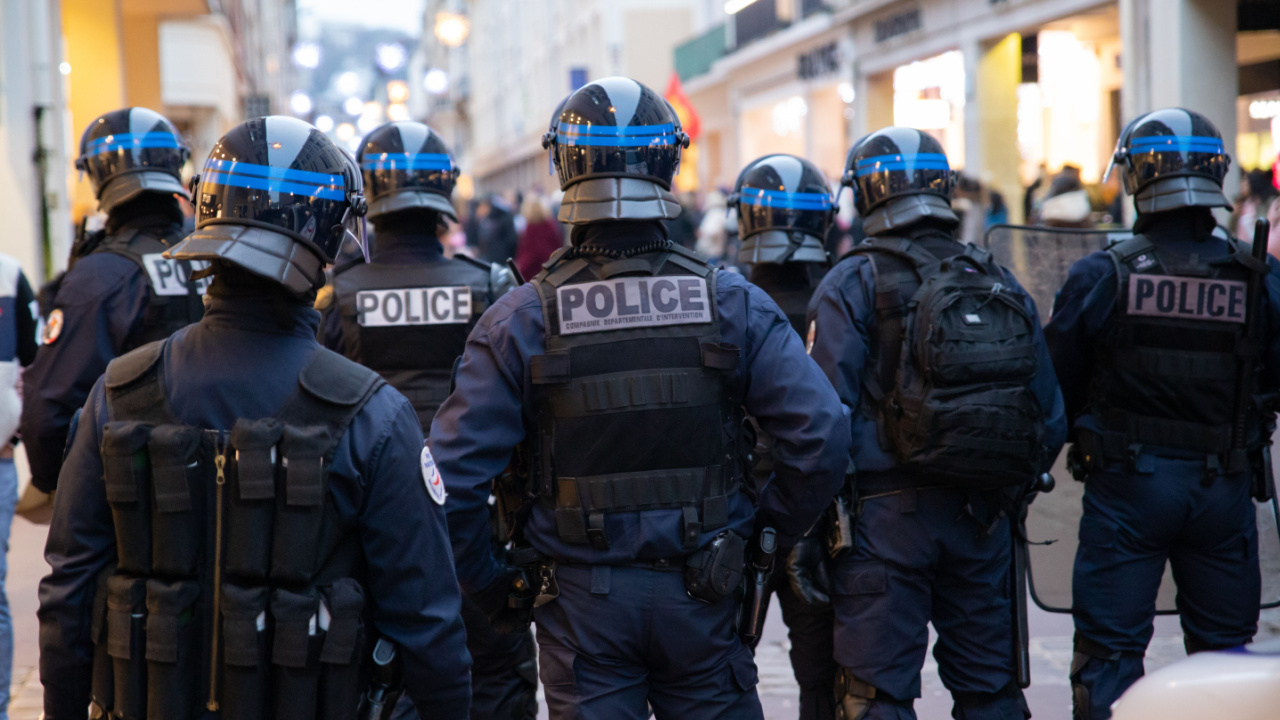

1. More Looters and Violence
During a disaster, the risk of violence and looting can increase in densely populated areas. Preppers should be aware of this threat and take measures to secure their homes and property. Ensuring safety and preparedness is key to managing these risks.
2. Inaccessible Water

Access to clean water may be limited during a crisis due to infrastructure damage and increased demand. Preppers should plan for alternative water sources and have purification methods in place. Stockpiling supplies is crucial for maintaining access to safe drinking water.
3. No Hunting or Fishing Opportunities

Urban environments typically lack opportunities for hunting or fishing. Preppers should plan for food procurement ahead of time through stockpiling or community urban farming projects. Being prepared with non-perishable items is essential for survival.
4. Trash and Sanitation Issues
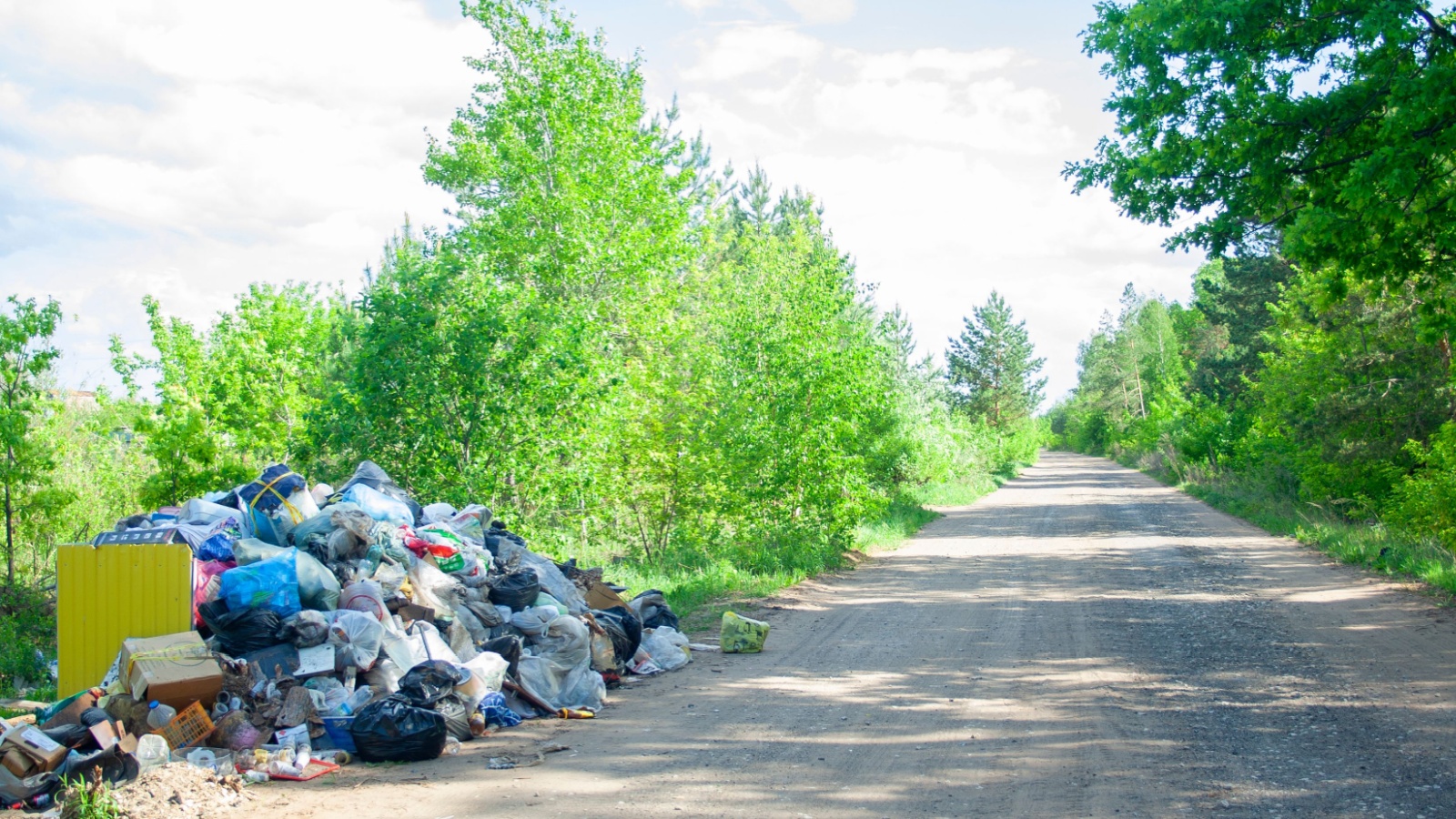
A disruption in trash collection services can lead to sanitation problems during a crisis. Preppers should stockpile garbage bags, cleaning supplies, and consider alternatives like composting toilets. Proper waste management is critical for maintaining hygiene and health.
5. Air Pollution
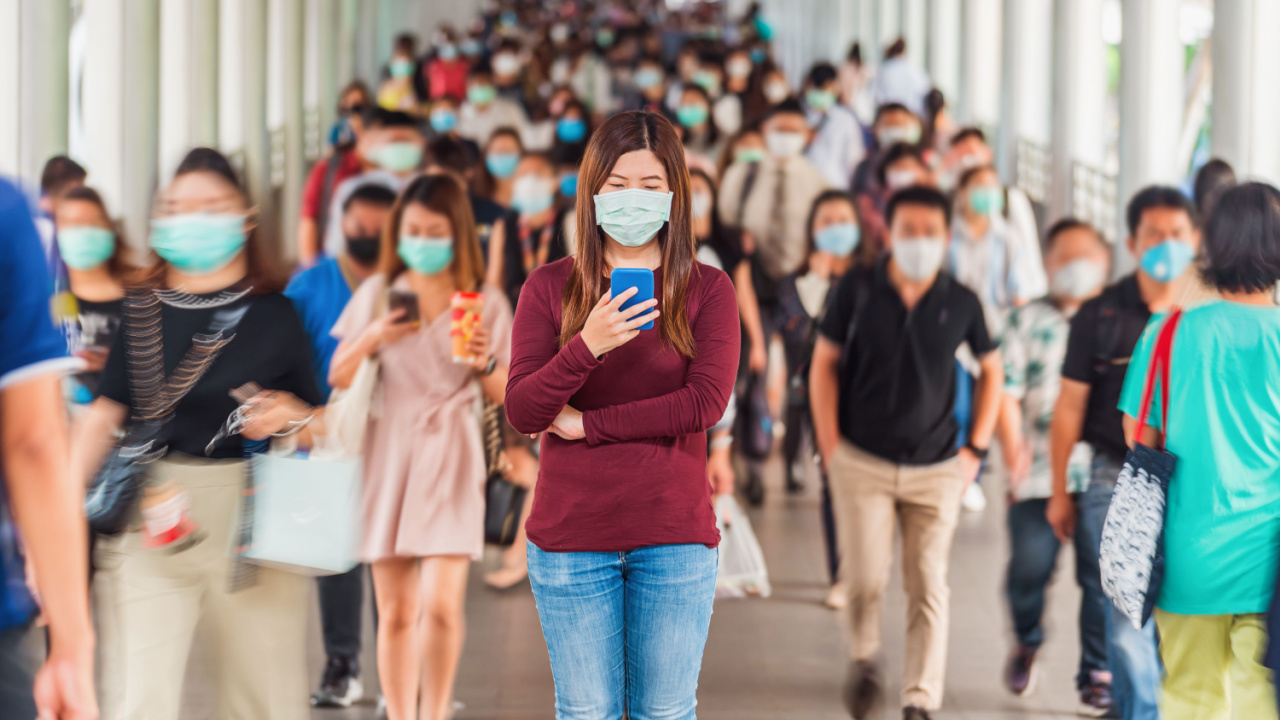
Cities often have high levels of air pollution, which can worsen during a disaster due to debris and smoke. Investing in air filtration systems and masks is important to protect against poor air quality. Preppers should include these in their emergency preparedness plans.
6. Power Source and Backup

Power outages are common during disasters and can be severe in cities due to reliance on electricity. Preppers should have backup power sources such as generators, solar panels, or batteries. Preparing for power interruptions ensures basic needs are met.
7. Lack of Storage Space
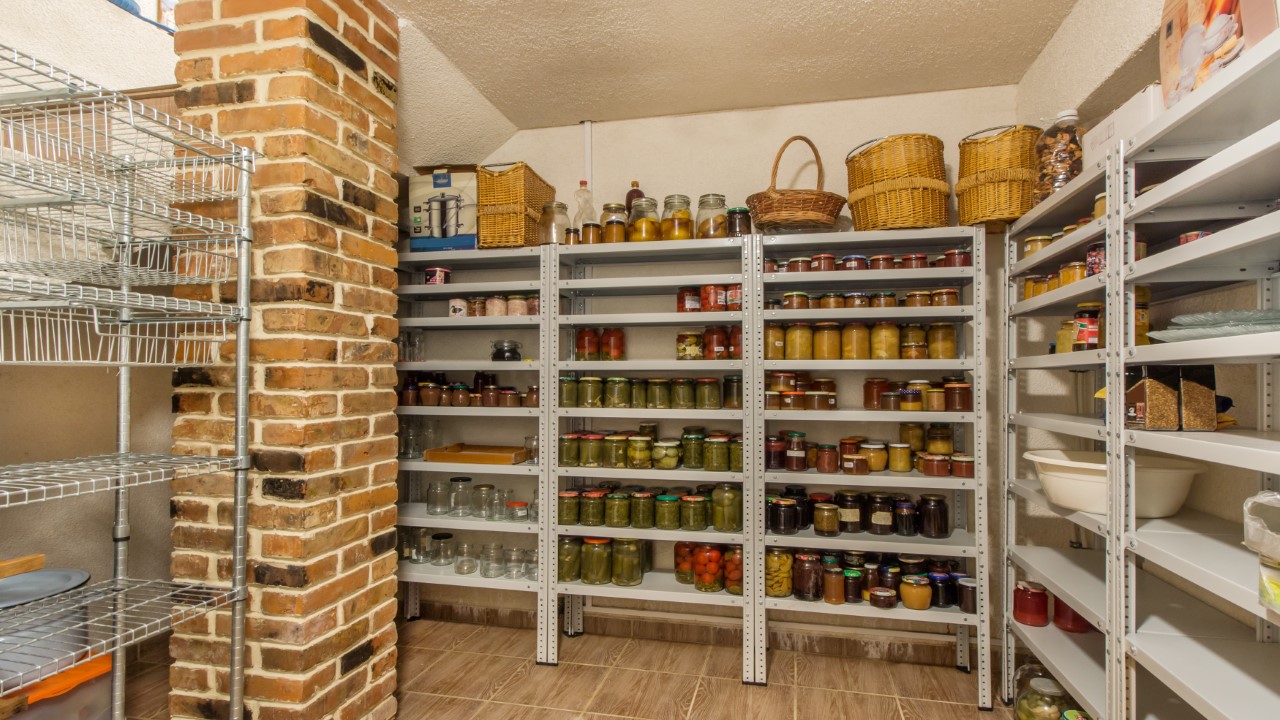
Limited storage space in cities can make it challenging to stockpile emergency supplies. Using creative storage solutions like under-bed containers or vertical shelving can help maximize space. Efficient storage planning is key for effective preparedness.
8. Transportation Issues

City transportation systems may become unreliable or shut down during a disaster, complicating evacuation and access to resources. Preppers should plan for alternative transportation methods and keep their vehicles fueled. Having backup options ensures mobility in emergencies.
9. Lack of Community Resources

Community resources like food deliveries and shelters may be overwhelmed during a disaster. Preppers should have backup plans for accessing necessities like medications and food. Ensuring self-sufficiency can mitigate the impact of resource shortages.
10. Cascade Effect
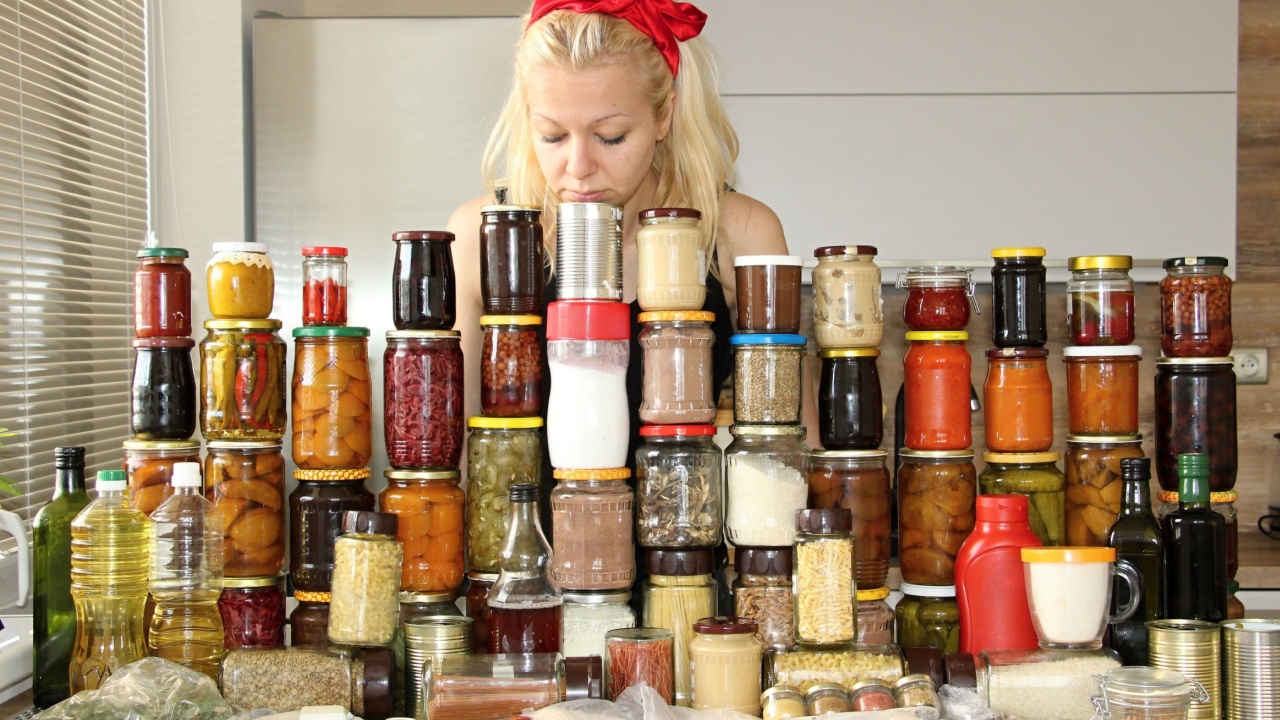
Disasters can trigger a chain reaction, such as an earthquake leading to power failures and food spoilage. Preppers should anticipate these effects and stockpile backup supplies like food and water. Planning for potential cascading crises enhances overall preparedness.
11. No Gardens
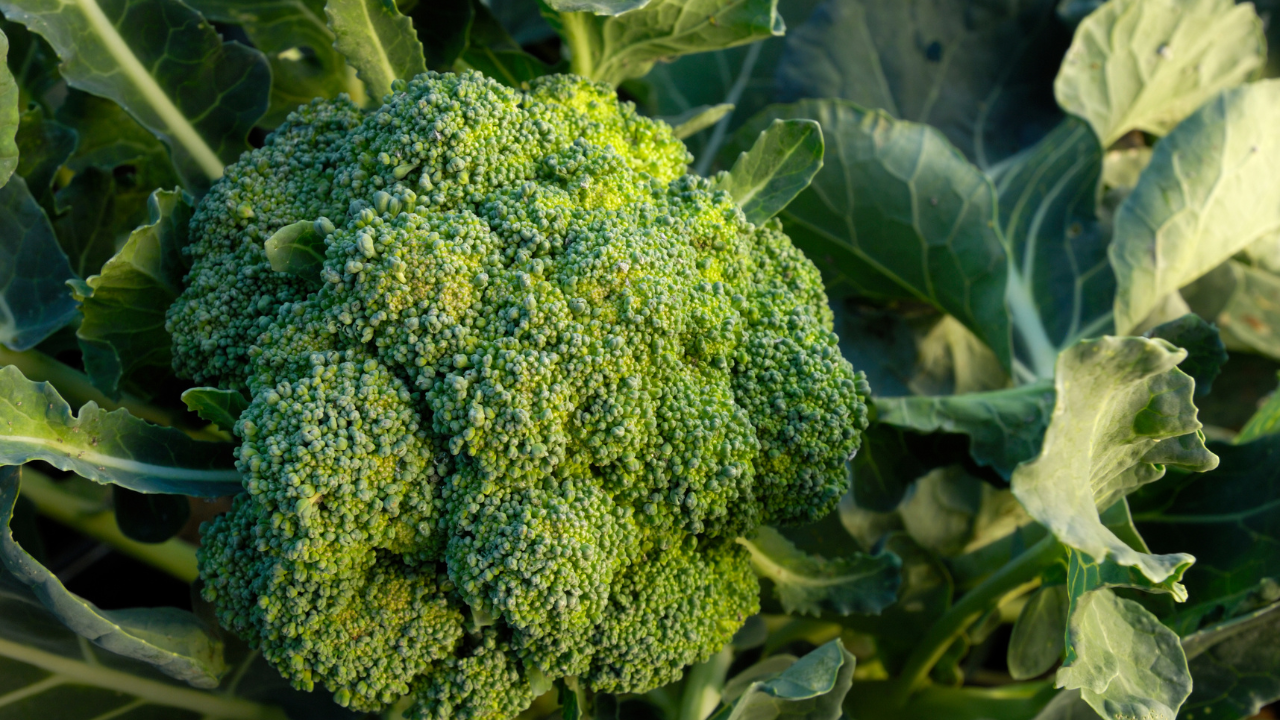
Urban living limits gardening options compared to rural areas. Preppers can explore indoor or rooftop gardens and community gardening projects to grow food. Innovative gardening solutions can help supplement food supplies.
12. Overwhelmed Medical Care

Medical facilities in cities may become overwhelmed during a disaster. Preppers should have basic first aid knowledge and supplies to address minor injuries and illnesses. Being prepared with medical essentials can help manage health concerns.
13. Lack of Community Support

City living can be isolating, with many people not knowing their neighbors. Building relationships with your community can provide valuable support during emergencies. Developing a local network enhances survival chances.
14. Greater Risk of Injuries from Building Structures

Tall buildings and closely packed structures in cities can pose risks during disasters like earthquakes. Preppers should be aware of structural safety and have plans to stay safe. Understanding potential hazards helps mitigate injury risks.
15. No Natural Buffers
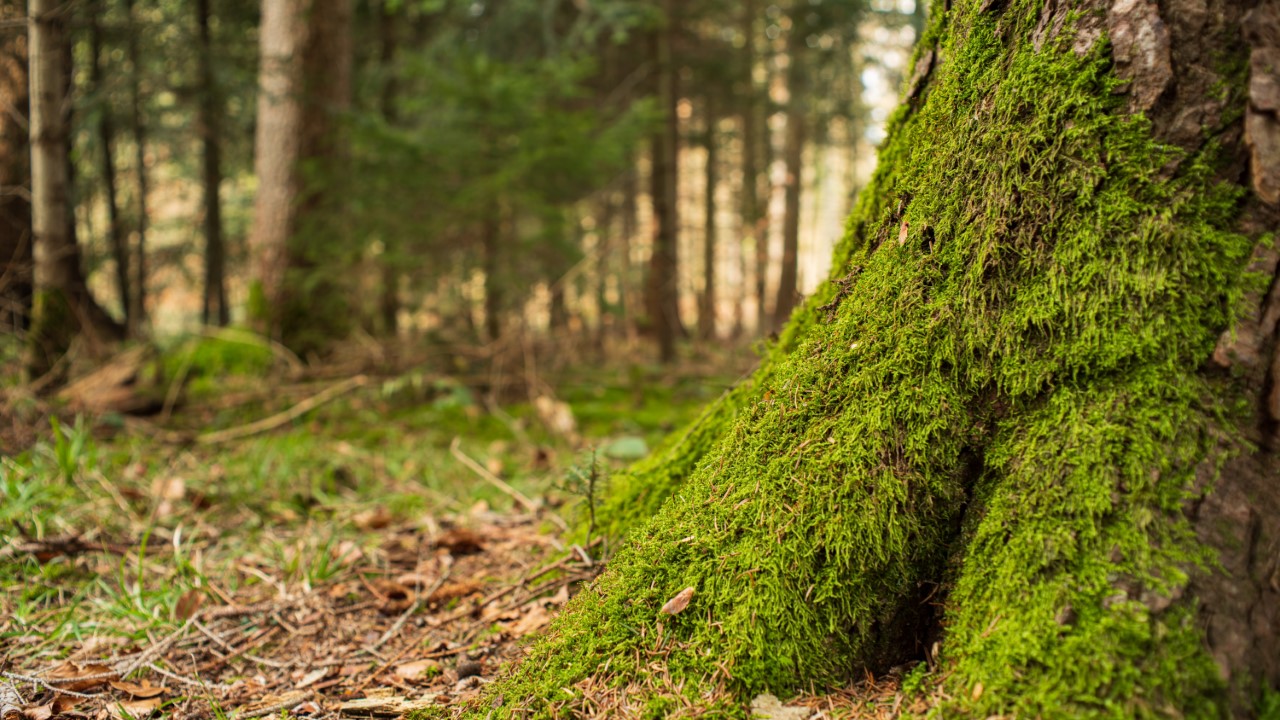
Cities lack natural buffers like trees and vegetation, increasing risks of runoff and flooding. Preppers should plan for potential flooding and seek shelter in safer areas if necessary. Preparing for these conditions can reduce flood-related risks.
16. Urban Heat Island Effect

The urban heat island effect causes cities to be hotter than surrounding rural areas. Preppers should plan to stay cool during extreme heat using insulation and shade. Managing heat exposure is crucial for comfort and safety.
17. Water Contamination
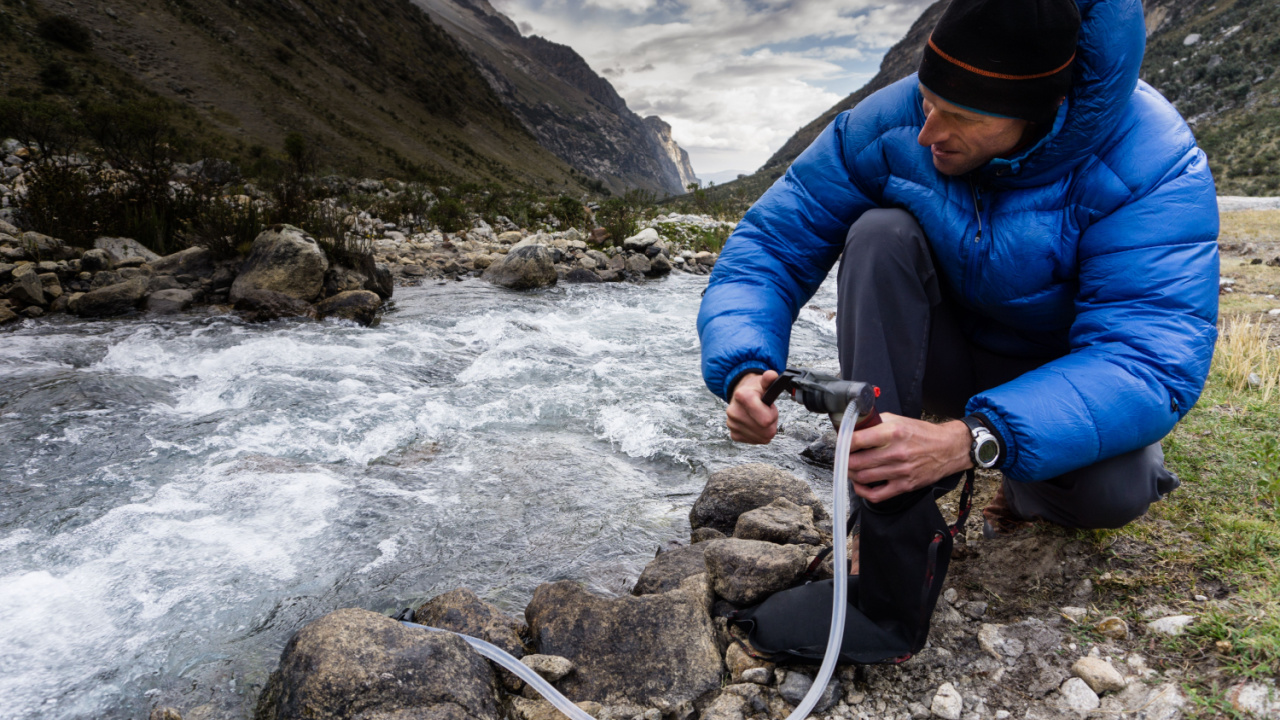
Flooding and heavy rain can lead to water contamination in urban areas. Preppers should stockpile bottled water and have purification methods ready. Ensuring clean water access is vital during emergencies.
18. Supply Chain Disruption
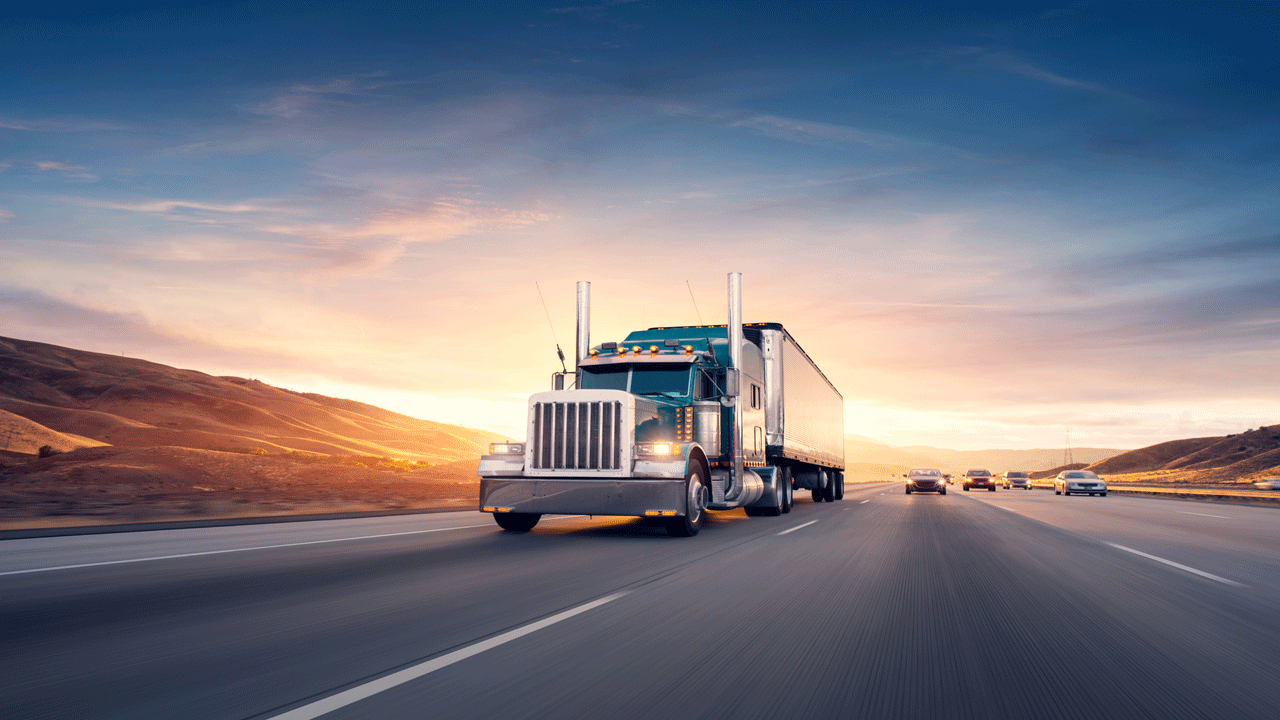
Disasters can disrupt supply chains, affecting the availability of essential goods. Preppers should plan for self-sufficiency with stockpiles, gardens, and necessary skills. Preparing for shortages helps mitigate the impact of disrupted supplies.
19. Lack of Safe Housing

Housing in cities may become unsafe due to damage during a disaster. Preppers should have alternative shelter plans, such as a bug-out location or RV. Ensuring access to safe housing is essential for survival.
20. Travel Issues

Disasters can damage or block roads, impacting travel in cities. Preppers should have backup travel plans and be prepared for obstacles. Planning for alternative routes and transportation ensures mobility.
21. Loss of Livelihood

Disasters can lead to job losses and business closures. Preppers should build emergency savings and explore additional income sources or barter skills. Financial preparedness helps manage economic impacts.
22. Cities Are a Target

Cities may be targets for terrorist attacks or civil unrest due to their population density. Preppers should have evacuation plans and emergency shelters in less populated areas. Preparing for potential threats enhances safety.
Now We Know

Now that we have considered some of the reasons city living could cause issues during a disaster, it’s clear that while it may be convenient for everyday life, it can quickly become a problem for survival.
Preppers can increase their chances of surviving a disaster by being prepared and knowing about potential threats in a city.
How To Survive in a City During a Disaster

The first step to surviving in a city during a disaster is to have a plan, including knowing evacuation routes, emergency shelters, and communication methods.
The next step is to prepare by stocking up on necessary supplies such as food, water, first aid kits, backup power sources, and alternative methods for cooking and heating in case of power outages.
23 Smart Ways to Preserve Food
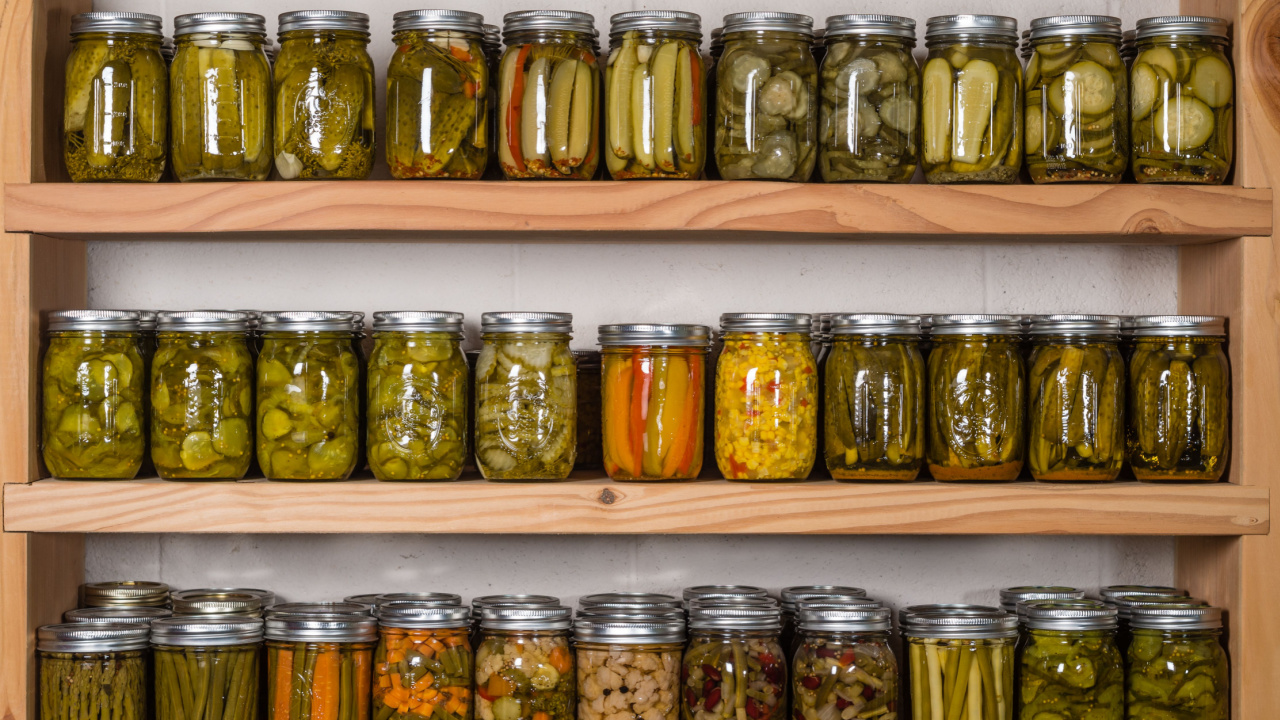
Preserving food is an art as much as it is a science, tapping into our ancestral roots and addressing modern needs. Whether you’re looking to avoid waste, prepare for leaner times, or simply enjoy the fruits of your labor year-round, these 23 smart methods will guide you through. I’m a huge fan of preserving things I find on sale, gluts of produce from my homestead, or produce I’ve bartered with someone else.
14 Pieces of Outdated Money Advice That Can Derail Your FIRE Plan
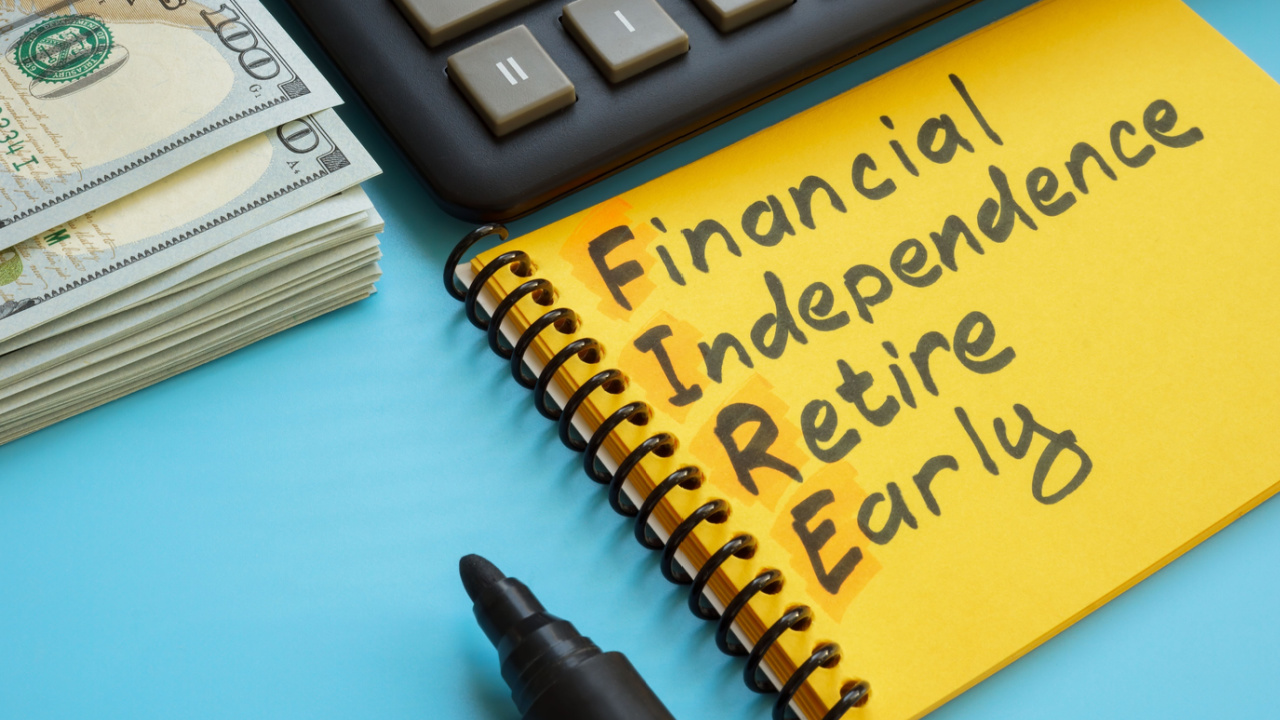
FIRE – Financial Independence, Retire Early. That’s the dream, right? Quit the rat race and live life on our own terms. It’s totally doable. Plenty of people join the FIRE movement and manage to retire pretty quickly. And there’s a LOT of advice out there on how to do it. Sadly, much of the advice is outdated or just plain bad.
12 Money Mistakes That Can Leave You Vulnerable in a Crisis
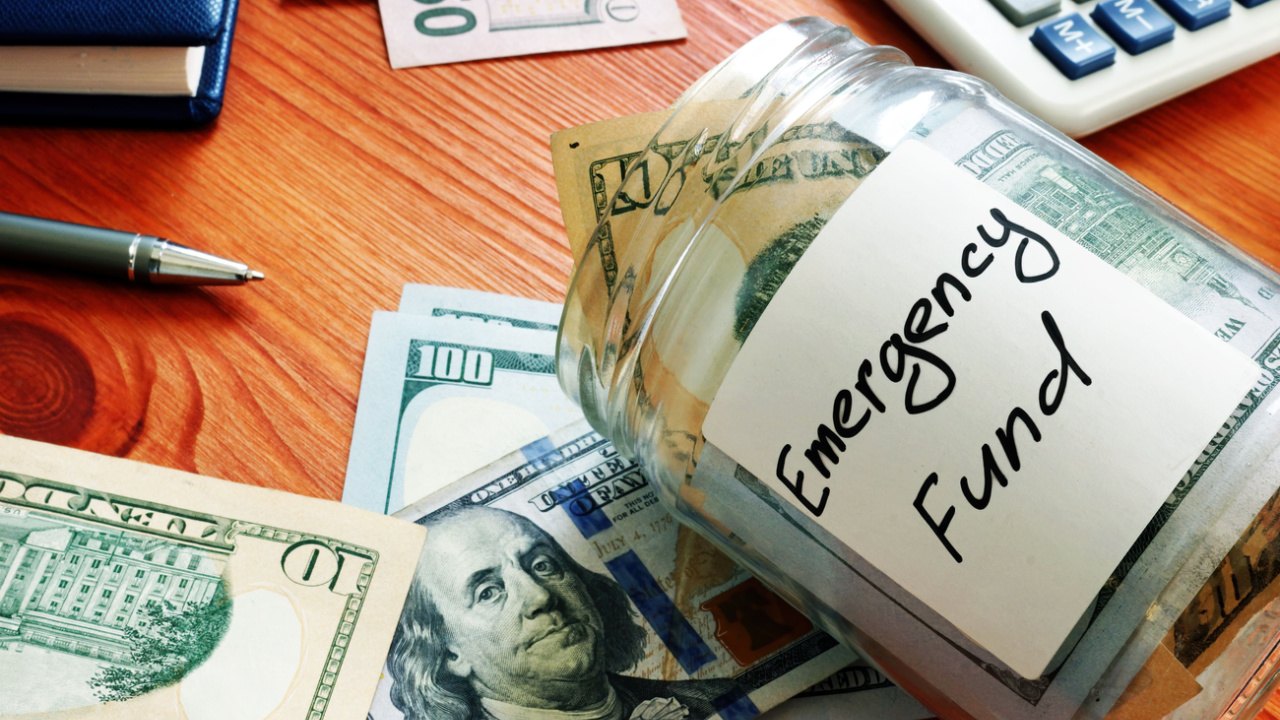
In times of uncertainty, financial stability is more crucial than ever. While prepping for physical emergencies is vital, don’t overlook financial prepping. Avoiding these common money mistakes can help make sure you’re in a stronger position to weather any storm.
